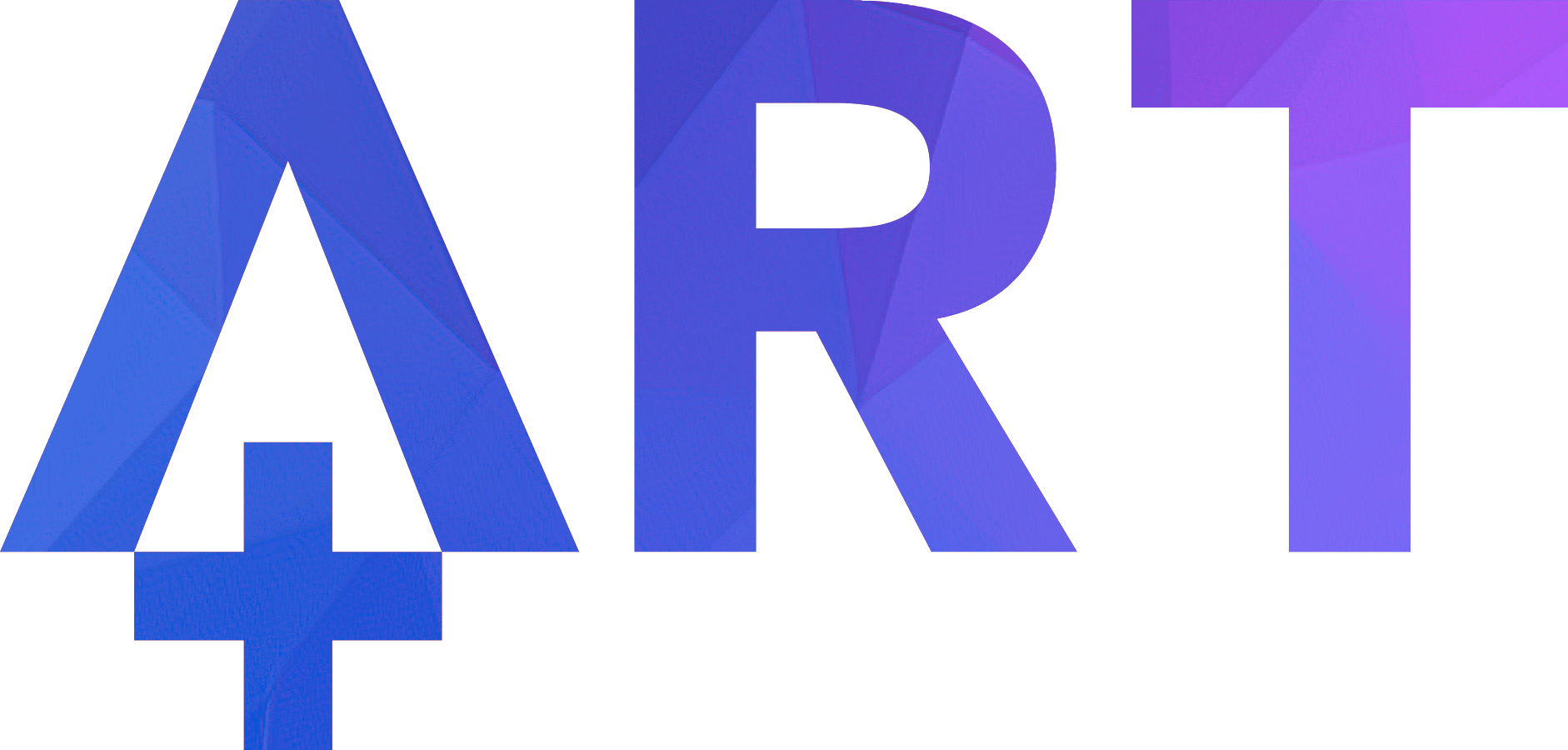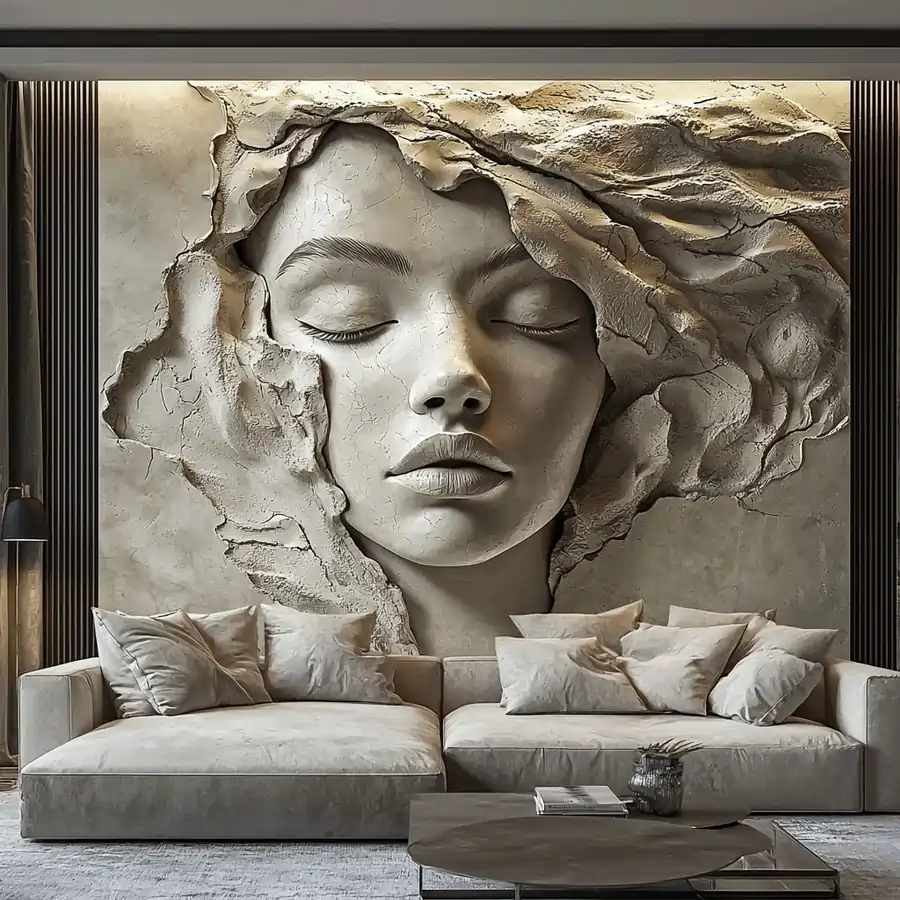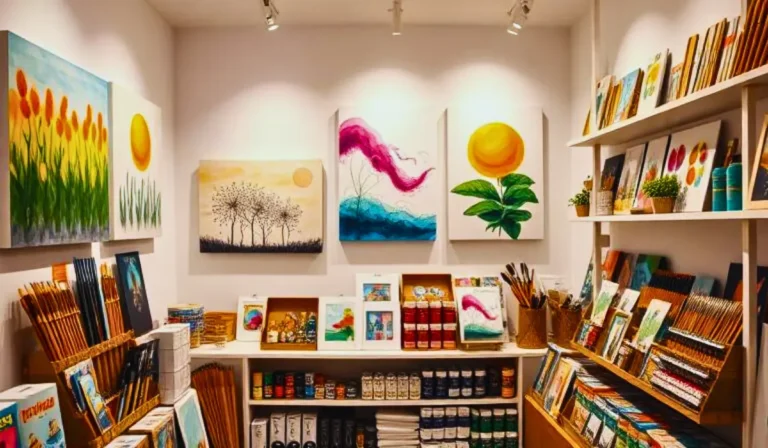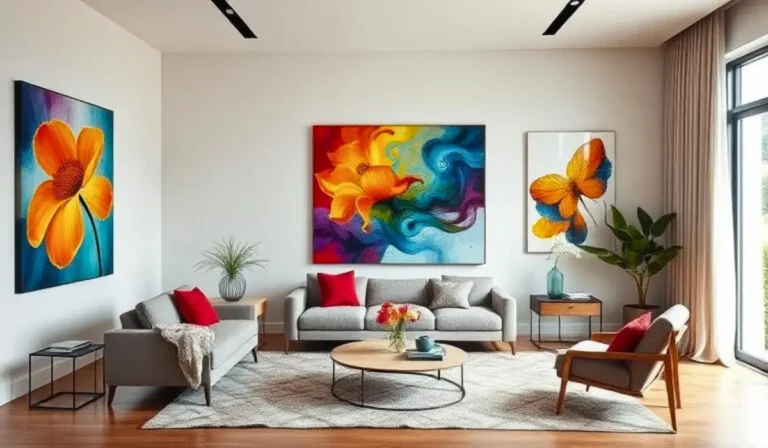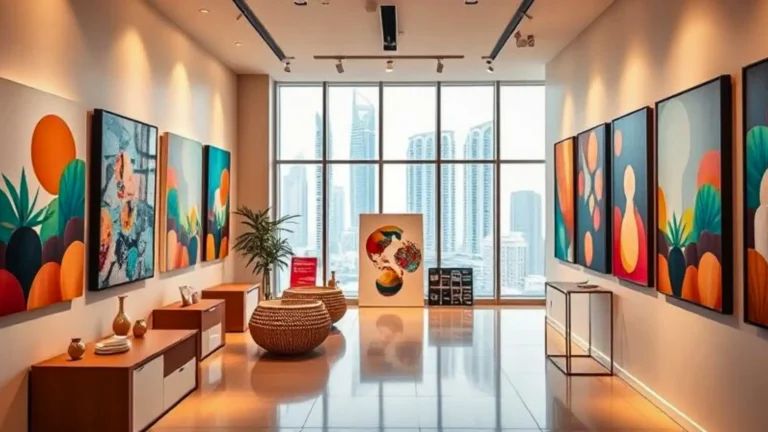The Digital Canvas: Exploring the World of Art Painting Online
Step into the fascinating world of art painting online and discover the limitless possibilities of the digital canvas. From traditional artists experimenting with new mediums to digital artists pushing boundaries with innovative techniques, the online art community is a vibrant hub of creativity.
In this article, we will explore the intriguing realm of art painting online, where artists harness the power of technology to create stunning works of art. With just a few clicks, they can access a plethora of digital tools and software that simulate real-life painting materials, allowing for instant experimentation and endless revisions.
But the digital canvas is more than just a means to an end. It has revolutionized the art industry, making art more accessible and democratizing the creative process. Artists of all levels can now showcase their work to a global audience, connect with fellow creatives, and even sell their art online.
Whether you’re an artist looking to expand your horizons or an art enthusiast curious about the world of digital painting, join us as we delve into the captivating realm of art painting online. Let your imagination run wild and embrace the possibilities of the digital canvas.

Techniques and styles in digital art painting
Digital art painting encompasses a myriad of techniques and styles that allow for unprecedented creative expression. One of the most notable techniques is layering, which enables artists to build their compositions in a structured manner. By using multiple layers, artists can separate different elements of their artwork, allowing for easy adjustments without affecting the entire piece. This technique mimics traditional painting methods where layers of paint are applied to achieve depth and texture, but it also provides the flexibility to experiment with transparency and blending modes, resulting in captivating visual effects.
Another prominent style in digital painting is the use of brushes and textures that replicate traditional media. Artists can choose from a vast array of digital brushes that simulate oil, watercolor, acrylics, pastels, and more. Each brush has unique characteristics that can be customized to suit the artist’s vision. For instance, a watercolor brush might allow for soft washes and subtle color blending, while an oil brush could mimic the thick, textured strokes of traditional oil paint. This versatility encourages artists to explore different aesthetics and techniques, often leading to innovative combinations that push the boundaries of digital art.
Furthermore, the incorporation of 3D elements and mixed media is becoming increasingly popular in digital painting. Artists can integrate three-dimensional models, textures, and photographs into their work, creating rich, multi-layered compositions that add depth and dimension. This blending of 2D and 3D elements offers a fresh perspective, inviting viewers to engage with the artwork in new ways. The possibilities are virtually limitless, allowing artists to experiment with styles ranging from hyper-realism to abstract interpretations, each unique to their personal artistic voice.
Advantages of painting online
Creating art online presents a multitude of advantages that cater to both amateur and professional artists alike. One of the most significant benefits is the accessibility of resources and tools. Unlike traditional art forms that often require expensive materials and studio space, digital painting can be done on a personal computer or tablet equipped with software that offers a plethora of brushes, colors, and textures. This democratization of tools means that anyone with a passion for art can begin their journey without the financial constraints that often accompany traditional mediums.
Another advantage is the instant feedback and revision capabilities that digital art provides. With traditional painting, making changes can be labor-intensive and time-consuming. In contrast, digital platforms allow artists to easily alter their work, whether by undoing a mistake or experimenting with different color palettes and compositions. This freedom to experiment encourages a more playful and exploratory approach to creating, which can lead to innovative outcomes. Artists can save multiple versions of their work, enabling them to revisit and refine their ideas over time without the pressure of permanence.
Additionally, the online environment fosters a global community of artists and art enthusiasts. Social media platforms, online galleries, and art forums enable artists to share their work with a wider audience, receive constructive criticism, and connect with other creatives. This sense of community can be incredibly motivating, as artists can draw inspiration from each other, collaborate on projects, and participate in challenges that push their skills further. The ability to showcase art online also opens up opportunities for sales and commissions, providing a viable pathway for artists to monetize their work and reach potential buyers around the world.

Popular digital painting tools
The realm of digital painting is supported by an array of powerful tools that cater to various artistic needs. One of the most popular software programs among digital artists is Adobe Photoshop. Known for its versatility and comprehensive features, Photoshop offers advanced brush settings, layering options, and a vast library of plugins that enhance the creative process. Its ability to handle both raster and vector graphics makes it a go-to choice for artists looking to create detailed, high-resolution artwork.
Another noteworthy tool is Corel Painter, which is specifically designed for digital painting. It emulates traditional painting techniques, allowing artists to use a variety of brushes that mimic real-world tools. Corel Painter provides an extensive library of textures and patterns, giving artists the ability to create unique and intricate designs. Its interface is user-friendly, making it accessible for both beginners and experienced artists alike. The software’s focus on painting, as opposed to photo editing, allows for a more intuitive and immersive creative experience.
For those seeking a more streamlined and affordable option, Procreate has gained immense popularity among digital artists, particularly iPad users. Procreate is praised for its intuitive interface and powerful features, including customizable brushes, layers, and a robust set of painting tools. The app supports high-resolution canvases and allows for seamless integration with the Apple Pencil, providing a tactile drawing experience akin to traditional media. The ease of use and mobility of Procreate makes it an excellent choice for artists who want to create on the go, whether in a café or during travel.
Tips for beginners in online art painting
Starting your journey in digital painting can be both exciting and overwhelming, but with the right approach, you can cultivate your skills effectively. One of the most essential tips for beginners is to familiarize yourself with your digital painting software. Spend time exploring the interface, learning the functions of different tools, and experimenting with various settings. Many software programs offer tutorials and online resources that can help you understand the features and capabilities available to you. Understanding your tools is foundational to enhancing your creativity and efficiency.
Another valuable tip is to practice regularly and not shy away from making mistakes. Digital painting allows for easy corrections, so take advantage of this by experimenting with different styles, techniques, and color palettes without fear of permanent errors. Set aside time each day or week to create, focusing on specific skills you want to improve, whether it’s mastering brush techniques or understanding color theory. Consistent practice will not only build your confidence but also help you develop your unique artistic voice.
Lastly, seek out feedback and engage with the digital art community. Sharing your work on social media platforms or art forums can provide you with constructive criticism that is crucial for growth. Look for online challenges, contests, or collaboration opportunities that can inspire you and push your artistic boundaries. Engaging with other artists can also spark new ideas and motivate you to try techniques you may not have considered before. Remember, every artist’s journey is unique, and learning from others can greatly enrich your own experience.
Inspiring artists in the world of digital painting
The digital art scene is teeming with talented artists who inspire others through their innovative works and unique styles. One such artist is Greg Rutkowski, known for his stunning fantasy landscapes and character designs. Rutkowski’s ability to blend traditional painting techniques with digital tools creates immersive worlds that captivate viewers. His work often features dramatic lighting and intricate details that transport the audience into fantastical realms, making him a sought-after artist in both the gaming and movie industries.
Another inspiring figure in the digital art community is Feng Zhu, a concept artist and designer whose work has influenced countless aspiring artists. With a background in architecture and industrial design, Zhu brings a keen sense of structure and form to his digital paintings. He is also known for his educational content, providing tutorials and insights into the art-making process through his YouTube channel. Zhu’s dedication to teaching others has made him a revered figure in the art community, as he emphasizes the importance of fundamentals and continuous learning.
Additionally, Loish, a digital artist and animator, has garnered a massive following for her vibrant and expressive character designs. Her unique style blends whimsical elements with a deep understanding of color and form, creating characters that feel alive and relatable. Loish’s journey as an artist, coupled with her openness about the challenges faced in the creative world, serves as an inspiration to many who aspire to make their mark in digital art. Her engagement with her audience through social media platforms fosters a sense of community and encourages others to embrace their creativity.
Online art communities and platforms for sharing your work
The digital landscape offers a wealth of platforms and communities that foster creativity and collaboration among artists. One of the most prominent platforms is DeviantArt, a space where artists can share their work, receive feedback, and connect with fellow creatives. DeviantArt boasts a diverse range of artistic styles and mediums, making it an excellent resource for discovering new artists and trends. The platform’s community-driven approach allows for constructive critiques and engagement, helping artists grow and refine their skills.
Another popular platform is ArtStation, which caters primarily to professional artists and those looking to break into industries such as gaming, film, and animation. ArtStation allows users to create portfolios showcasing their work, making it easy for potential employers and clients to discover talent. The platform also hosts challenges and contests that encourage artists to push their creative boundaries while gaining visibility within the industry. With a focus on high-quality artwork and professional development, ArtStation has become a vital hub for aspiring and established artists alike.
Social media platforms, particularly Instagram and Pinterest, have also transformed how artists share their work and connect with audiences. Instagram’s visual-centric layout allows artists to showcase their creations in an engaging way while reaching a global audience. Artists can use hashtags to increase their visibility and connect with other creatives, forming a supportive network. Similarly, Pinterest serves as an excellent platform for artists to share their inspirations, tutorials, and completed works, allowing for a broader exchange of ideas and creativity.
Conclusion: The future of art painting in the digital age
As we look towards the future, the world of art painting continues to evolve at a rapid pace, largely driven by advancements in technology. The digital canvas has opened doors for artists of all backgrounds, enabling them to explore new techniques, styles, and mediums that were previously unimaginable. This evolution not only enriches the artistic landscape but also fosters a sense of community and collaboration among artists worldwide. The accessibility of digital tools has democratized art, allowing diverse voices to be heard and celebrated.
Moreover, the integration of augmented reality (AR) and virtual reality (VR) into the art-making process promises to revolutionize how we experience and interact with art. As these technologies become more mainstream, artists will have the opportunity to create immersive environments that engage viewers in entirely new ways. This shift could lead to a more interactive and participatory approach to art, breaking down traditional barriers and inviting audiences to become co-creators in the artistic experience.
In conclusion, the future of art painting in the digital age is bright and full of potential. As artists continue to harness the power of technology, we can expect to see a flourishing of creativity that pushes the boundaries of what art can be. Whether through innovative techniques, new platforms for sharing work, or the integration of cutting-edge technologies, the digital canvas is set to remain a vibrant space for artistic expression. Embracing this evolution will undoubtedly lead to exciting developments in the art world, inspiring generations of artists to come.
